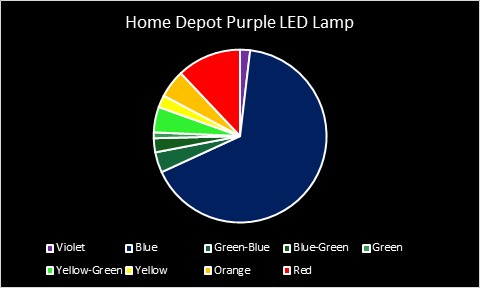I took apart a bulb on this strip of purple christmas lights and was surprised to find that the LEDs inside are actually purple 3mm LEDs. Naturally, I looked into some replacements but then the thought crossed my mind of whether or not these are UV emitting, or some mixture to make purple. Looking around online, it seems sort of difficult to find purple LEDs that are "non-ultraviolet". Here's a picture:
Edit: I am also choosing a purple LED to replace the bad lights but am concerned about the health risks. The lights are encased inside of a tinted “globe”. I’ve seen LED’s on amazon around 395nm wavelength.



